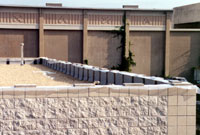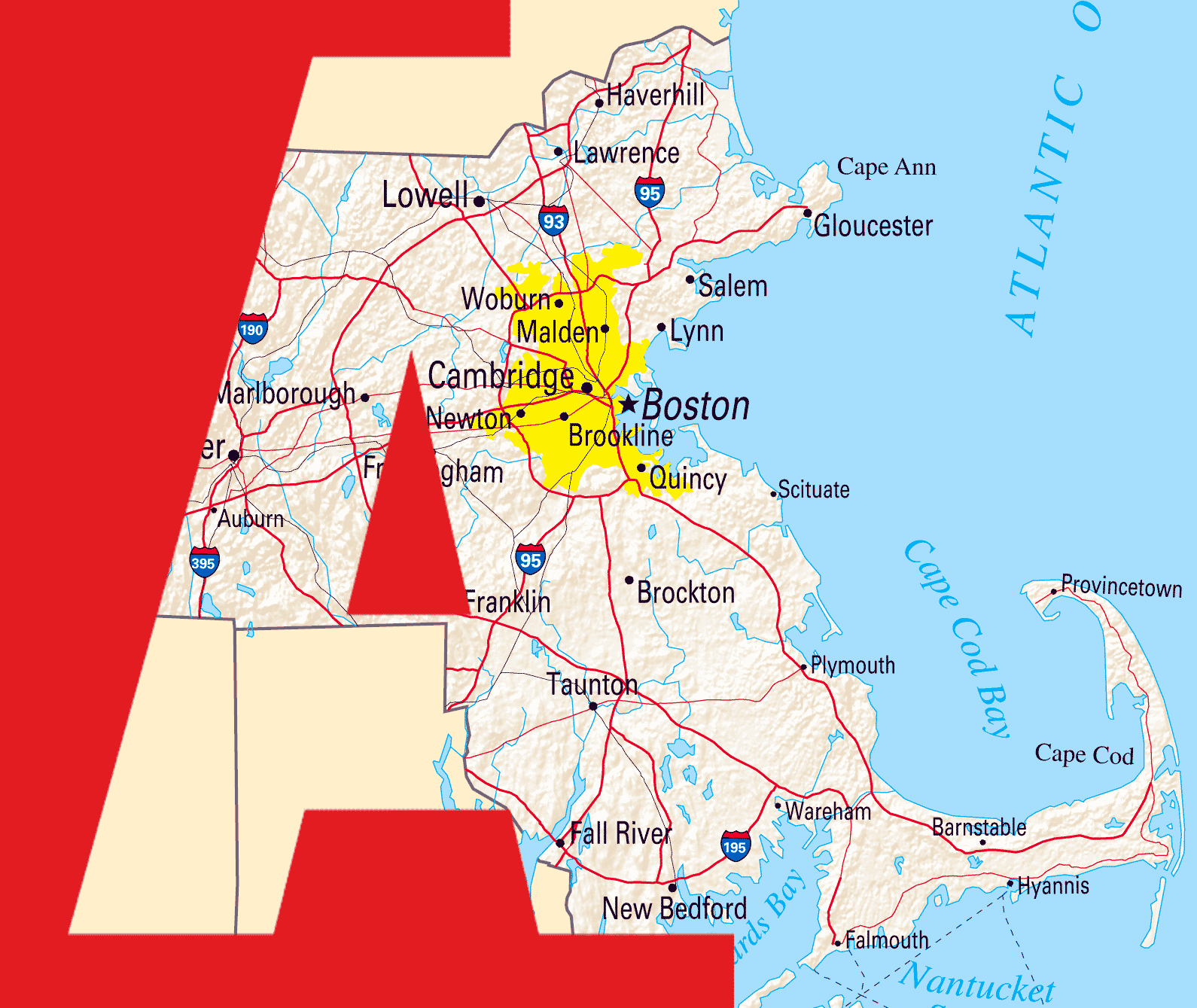 We have learned a few things by living in New England. One of those lessons is to be prepared for all sorts of weather at all times. In anticipation of heavy rains and wind, extra precautions must be taken to protect a building while it is in the midst of a restoration project.
We have learned a few things by living in New England. One of those lessons is to be prepared for all sorts of weather at all times. In anticipation of heavy rains and wind, extra precautions must be taken to protect a building while it is in the midst of a restoration project.
With nearly 80 years of experience, Abbot Building Restoration knows that good engineering design and workmanship can minimize the chances of water penetration into the wall cavity to keep moisture out of the masonry building interior. However, we are also aware that during construction, masonry is typically exposed on both sides, and the top of the wall is open. Water that enters the top of the wall can saturate units and cavities. When water passes through the wall, it is very likely that it will carry dissolved salts to the surface, resulting in possible efflorescence. How can this be prevented?
The first step is for specifiers and designers to write clear requirements instructing builders to cover new construction at the end of each workday. This includes covering the top of the wall with a plastic sheet. The sheet must be anchored securely so that it remains in place during wind and rain.
Additionally, the inside scaffold boards should be tilted up against the wall at the end of each workday. This prevents water from splashing mortar and dirt back onto the wall face if rain should occur. Not only does this technique keep the faces cleaner, it also keeps out excess damage causing moisture.
The wall cavities also need to be kept clean of mortar. A drainage wall cannot function properly if mortar droppings block the weep holes. Beveling the mortar bed away from the cavity before placing units on top of the fresh mortar can minimize droppings. Masons can also use a board inside the cavity to catch droppings while placing mortar and units, and removing the board every few courses to empty it. A proprietary non-woven permanent cavity insert can also be installed to catch the droppings and keep them from blocking weep holes.
For more information, contact Abbot Building Restoration at (617) 445-0274.


